The College Archives are housed mainly in the Mansfield Library and includes rare books dating back to the 1400s, publications by and about former students, the College magazine The Pauline (from 1911), and a large manuscript collection which tells the story of Paul’s since the 1850s. Electronic cataloguing continues, so as to make the collection accessible to the College community and beyond.
Donations to the Archives, whether pictures, manuscripts or ephemera, are welcome, and most of all letters written from College and diaries kept in College.
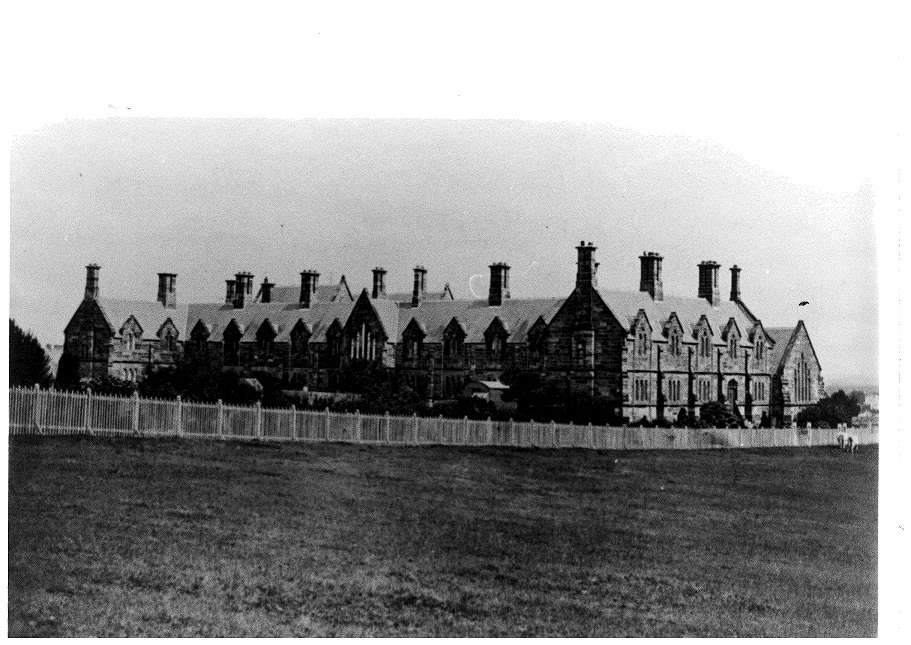
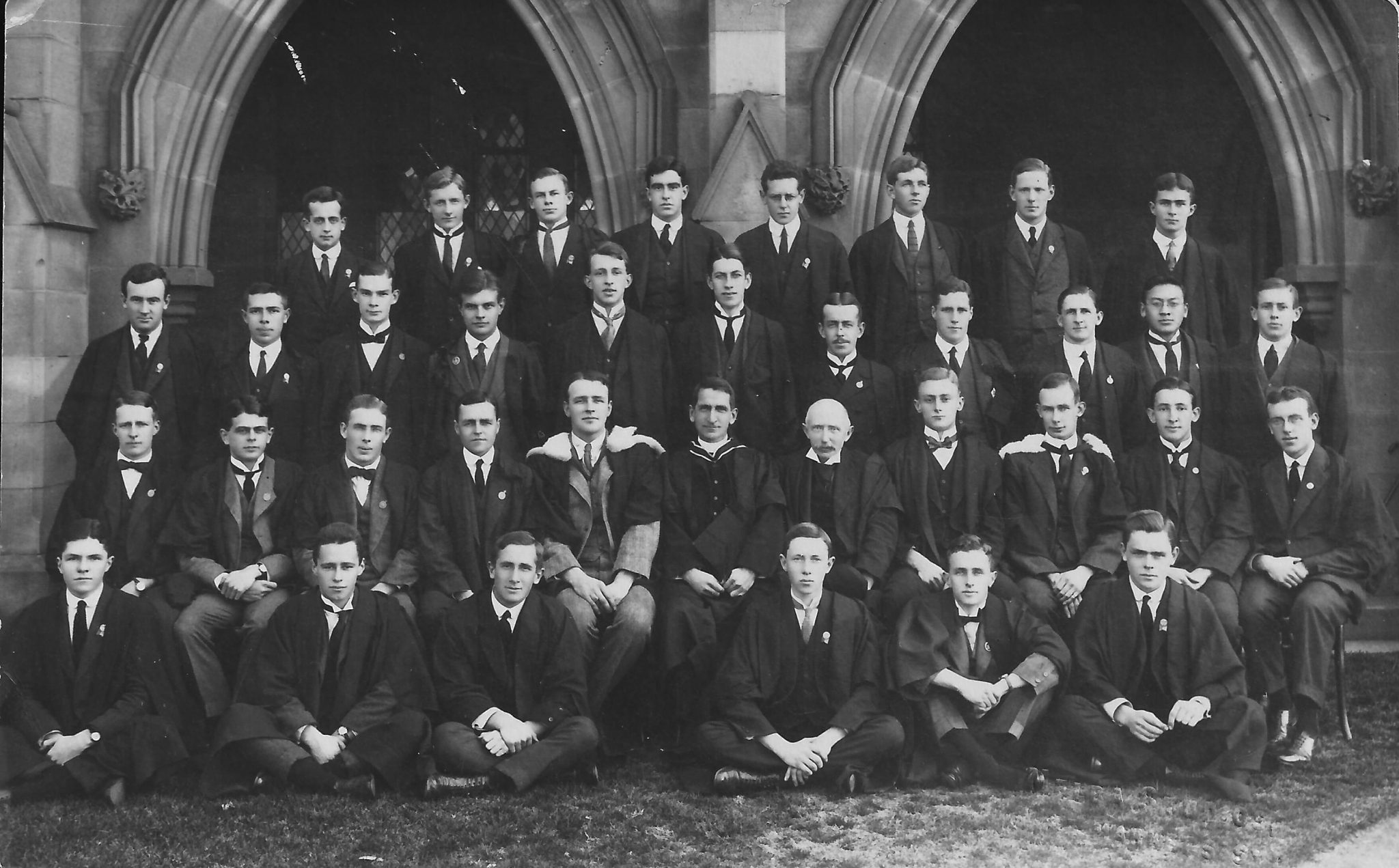
Government funding for university residential colleges is virtually non-existent. Only at its foundation and again in the 1950s and ‘60s has St Paul’s been in receipt of government support until JobKeeper during COVID-19.
The College has always relied much more on the generosity of Paulines, parents and friends. Private benefactions have gone mainly towards scholarships and buildings. Organised fundraising has succeeded best since the 1950s, especially through the College Foundation, founded in 1977. Read more about the Foundation here.
Men from St Paul’s have fought in every Australian war since the Sudan, in 1885. One was killed in the Boer War, 20 in World War One, 25 in World War Two, and one in Vietnam. In 1914-18 the Light Horse drew large numbers and in 1939-45 the Royal Air Force and RAAF.
In both world wars many Paul’s men were medical officers, including several who worked among the prisoners of war at Changi.
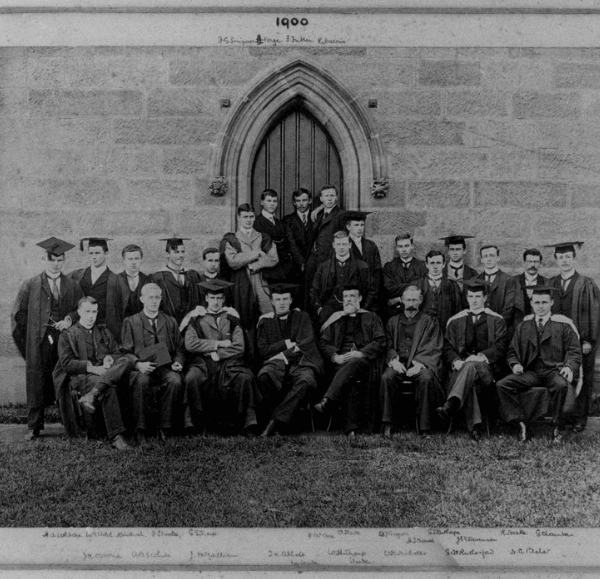
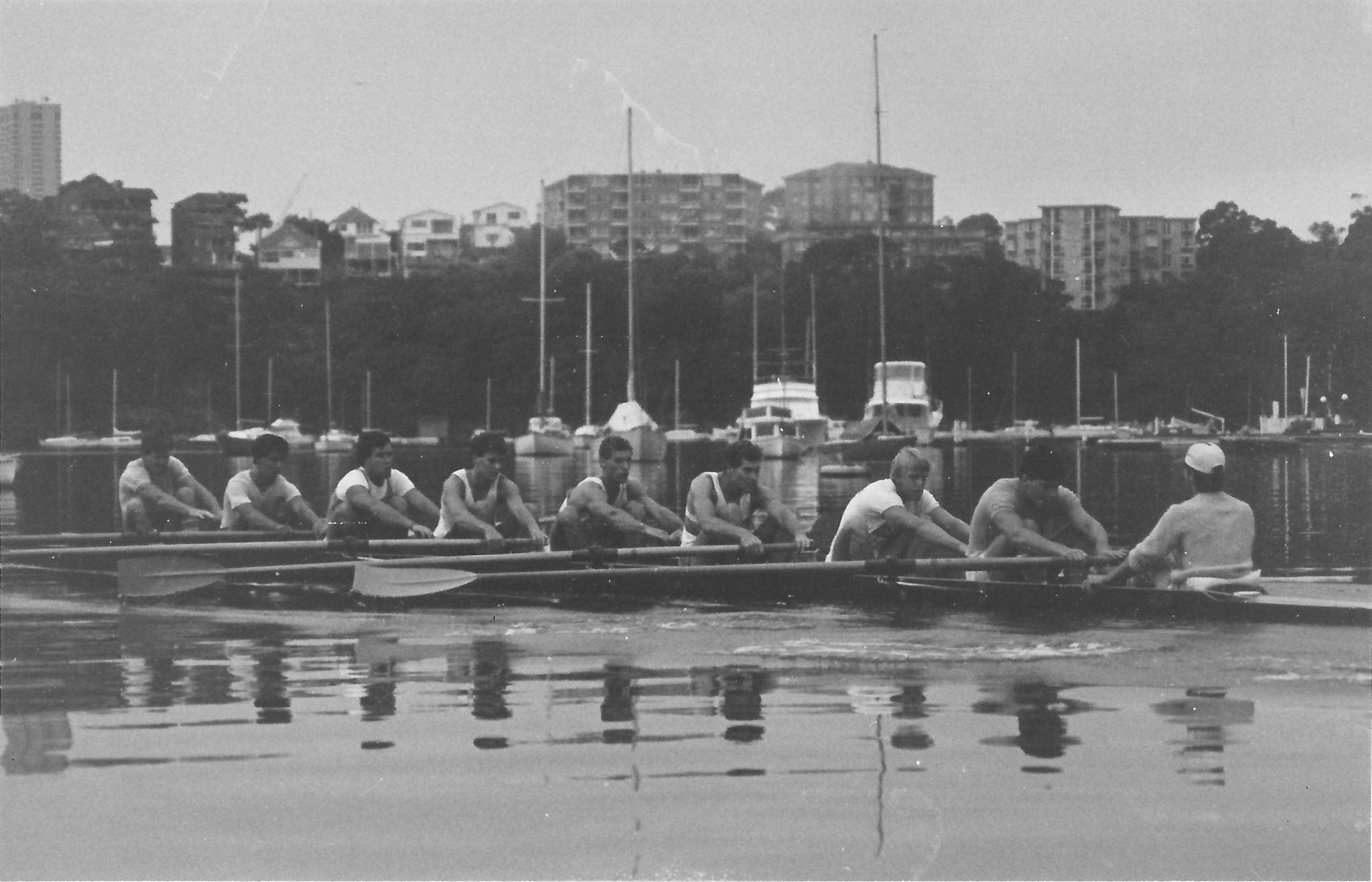
The biographical register of former students was begun in the 1920s and a good deal of early work was done by Gough Whitlam (in College 1935-42). Over 5000 students have passed through the College, and of those 50% per cent are still alive. A continuing effort is made to correct and fill out the older records, and to add the names of those who leave the College year by year.
Paulines are encouraged to contact the Alumni and Foundation Office, see below, to up-date their details and to provide a biographical summary to add to their record.
Among our most eminent Old Paulines are Prime Ministers Gough Whitlam AC QC and Sir William McMahon. Others range from Denis Browne, who pioneered paediatric surgery in Britain, to H.M. Green and T. Inglis Moore, who led the teaching of Australian literature in schools. Also Max Maxwell, the first man to make a career of wildlife photography, Stuart Campbell, the first to fly in Antarctica, Australian wine writer James Halliday, Pulitzer Prize-winning journalist Sebastain Smee, Tim Freedman, ARIA winner and lead singer of The Whitlams band, TV Science presenter Adam Spencer and many, many more.
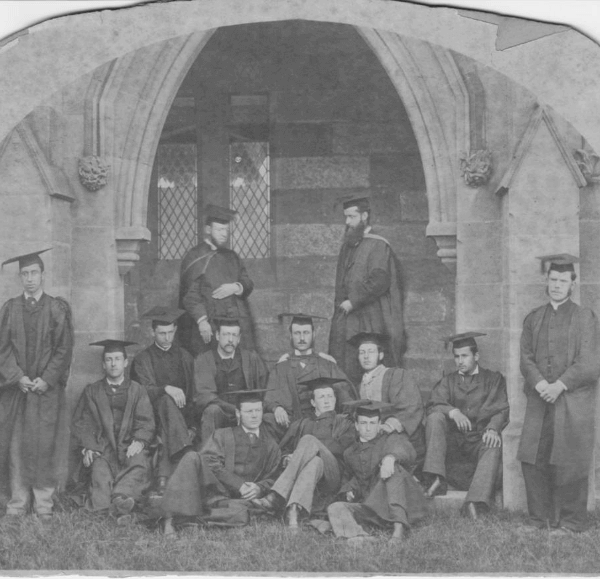
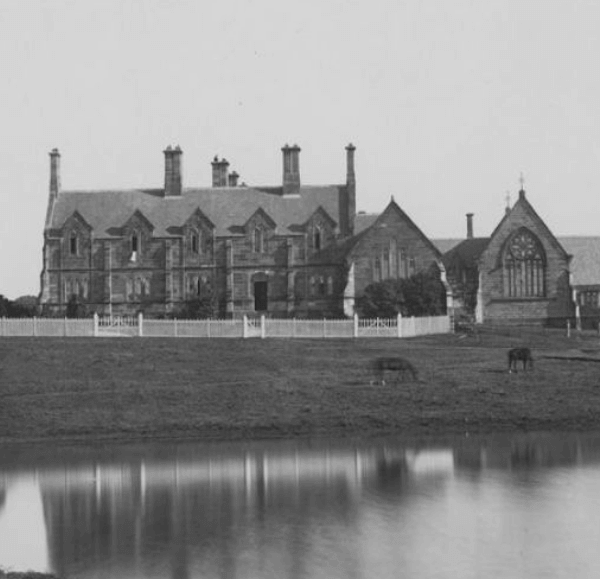
The sandstone buildings of the original Quadrangle date from 1856-59 and are among the finest neo-gothic buildings in Australia. Designed by Edmund Blacket and beautifully proportioned, they were deliberately kept low (“not too lofty”), and they welcome as much as they impress. A second quadrangle, Chapel Court, was added in 1958-62, and includes J.L.S. Mansfield’s remarkable chapel. In 2019 a third quadrangle to the north was added by the construction of the Ivan Head and McMillan Buildings to house an additional 100 undergraduates and 140 post graduate and academic residents making up the Graduate House community. Today Paul’s contributes a residential collegiate community for 300 undergraduate men and 140 men and women postgraduates and academic staff. Plans are underway for the development of Academic House on the north-east corner of the College grounds to support the university’s staff accommodation needs.
Founded in 1948 by the then Warden, Felix Arnott, Mummers combines the dramatic forces of St Paul’s and Women’s Colleges. It has done well as a continuously running dramatic society producing serious work by playwrights, some famous, some unfamiliar, some old and some new and annual ‘college revues’. The opportunity for students to develop and practice acting skills has provided entertainment and learning for many. The College has produced some amazing Australian talent including: stage and screen actor John Gaden AO (in College 1959 – 61), actor, writer and director Michael Blakemore AO OBE (in College 1948); composer, theatre director and NIDA teacher Terence Clarke AM (in College 1952-55); actor, singer and director Peter Cousens AM (in College 1975); actor, singer, writer and producer Morgan O’Neil (in College 1992 – 95); TV presenter Adam Spencer (in College 1992 – 95); and actor, comedian Chris Taylor (in College 1992 -93).
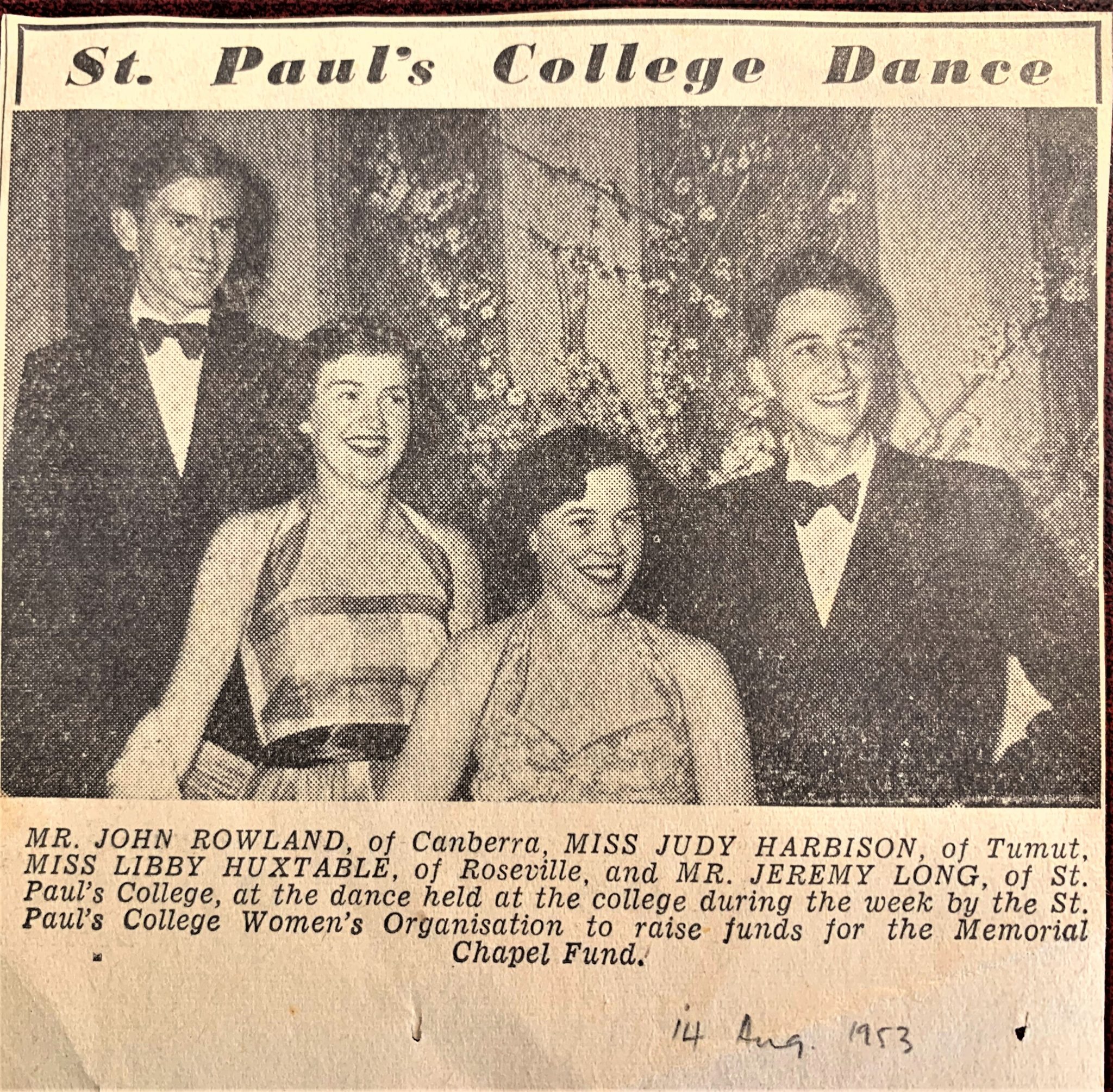
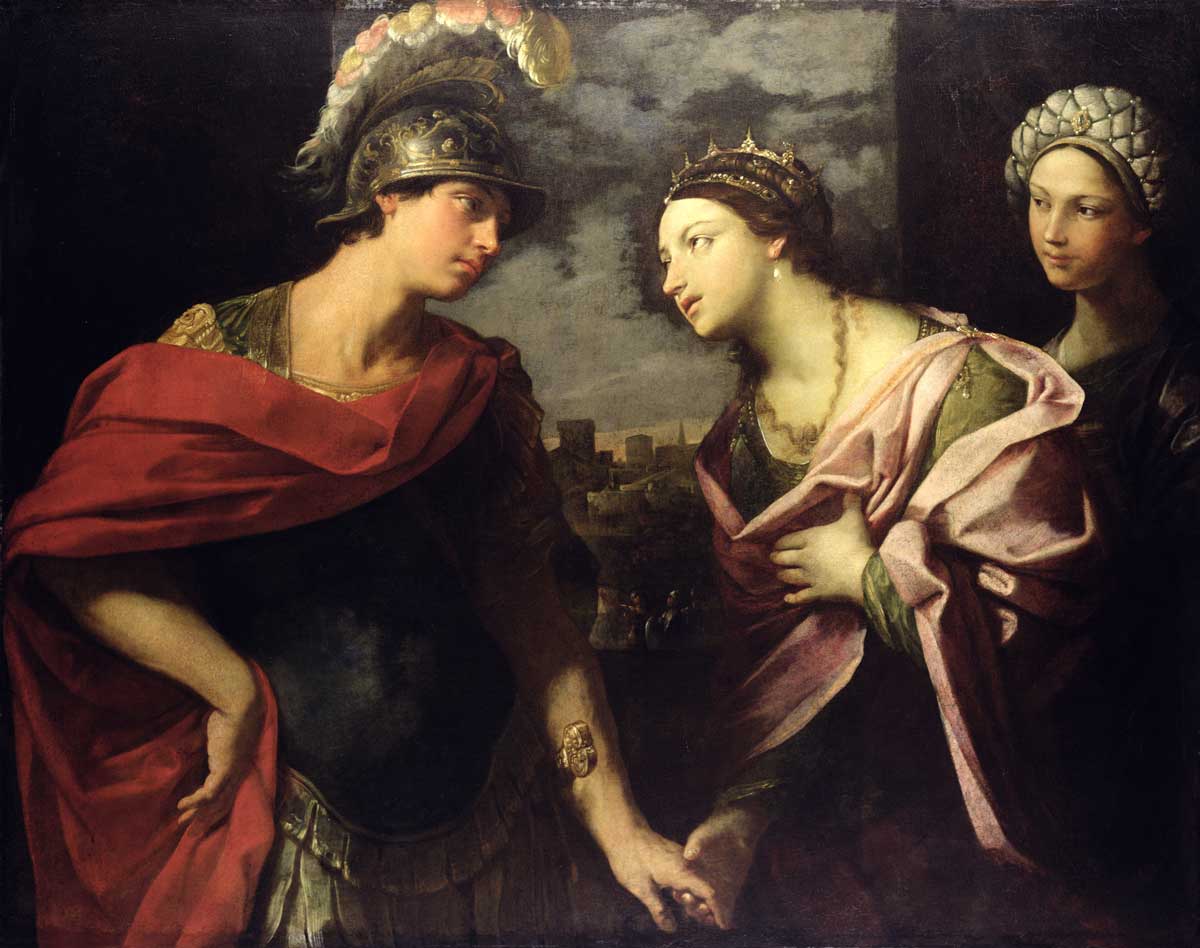
A broad and deep musical life has been a popular facet of the student experience. Apart from the College Choir there have always been pianos and a range of musical instruments around the College. The singing of the undergraduate men during many of the College’s celebrations is an energetic moment often accompanied by one of the myriad of serious musicians living in the College at any time. So important is the musical tradition that in 1992 the College appointed a resident Director of Music, Mr David Drury, who remains a resident today and is our Composer-is-residence. In 2022 Mr Jack Stephens became Director of Music and is working closely with students to provide them with a series of recitals and performance opportunities with the support of professional musicians.
For the publicly available music program go the the page: Music at St Paul’s.
Victoriana! An annual event is staged by the St Paul’s College Union which celebrates the music of the era when Paul’s was founded. A highly polished, yet rollicking production attracts full-houses of diners who enjoy performances by a range of musicians from students to professional opera stars.
Graduate House
A community where postgraduates and academics come together in a scholarly environment where ideas come to life and connections are made